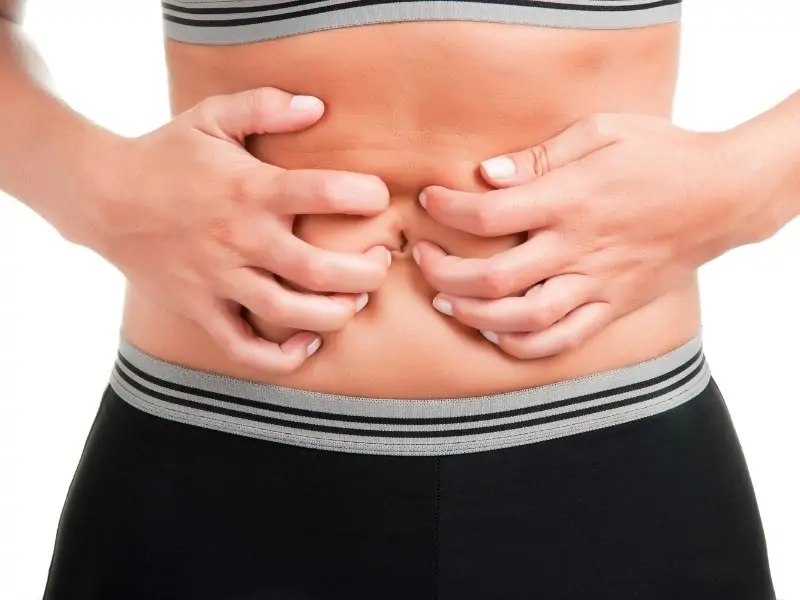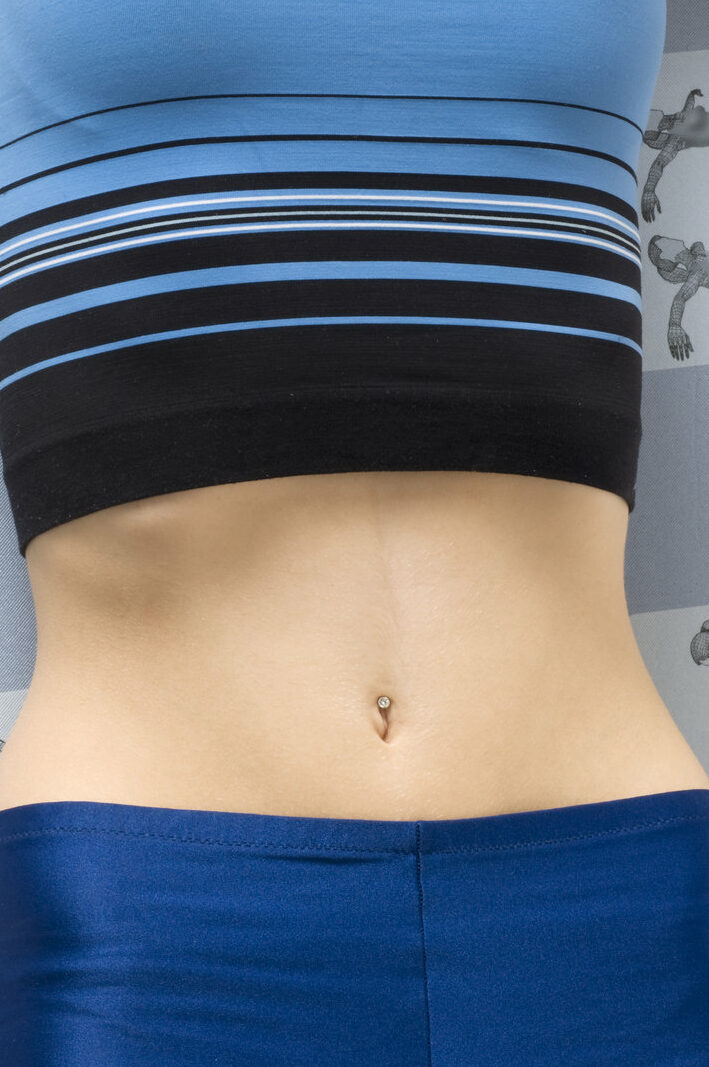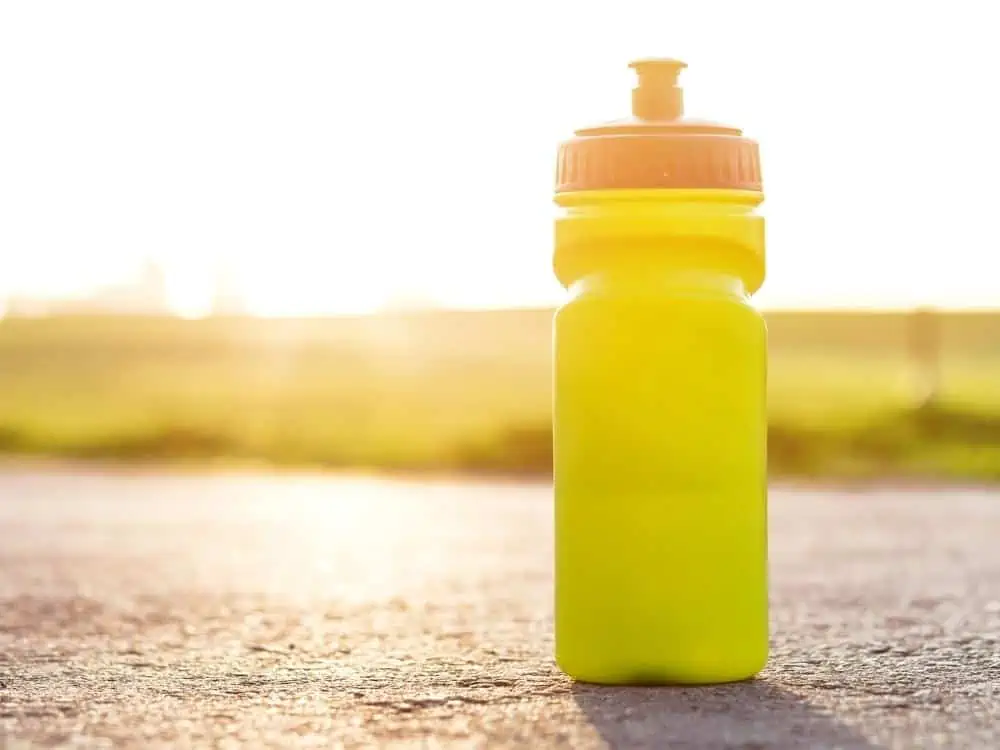Share the post "Stomach Cramps Playing Soccer (During + After)"
I love to try out any sport involving a ball. Soccer, cricket, tennis, football, you name it, I have tried it, and if you are like me, you would have certainly experienced extreme stomach cramps while running after these different balls.
How do you avoid these nasty cramps from spoiling your game?
- One of the main reasons for stomach cramps is dehydration and a lack of minerals in the body.
- The weather can play a role in affecting the body to cramp.
- Certain dietary adjustments can prevent stomach cramps from happening, like taking in salt, for example.
- Daily flexibility and stretching exercises can reduce the risk of muscle cramping.
- Alcohol intake before the game will have you cramping in no time
Every sportsperson, be it professional, amateur, or social, will have experienced a stomach cramp/side stitch numerous times in their lives.
We all tend to suffer from it no matter the fitness level. Let us examine the cause of these unwanted stomach cramps and how to prevent them from spoiling your fun in the sun.

How To Avoid Stomach Cramps While Playing Soccer
Avoiding nasty stomach cramps while playing soccer can be achieved by proper hydration methods, ensuring that your body has all the correct minerals, and properly stretching before the game.
What Causes Stomach Cramps While Playing Soccer?
Stomach cramps are caused by a lack of certain electrolytes (essential minerals) in the body, for example, sodium, potassium, magnesium, and calcium.
These minerals are involved in important chemical reactions in your muscles, and an imbalance can cause you problems.
When playing soccer, you will sweat more than usual.
Your sweat contains large amounts of sodium, and if you don’t replenish this loss of salt, it may lead to a low-sodium condition called hyponatremia, which includes symptoms like muscle weakness, spasms, or cramps.
Believe it or not, drinking too much water can also lead to stomach cramps (overhydration.)
Sodium controls how much water is in and around your blood cells, and when your sodium level is too low, the amount of water in your body rises, causing cells to swell.
Stretches
Another cause of stomach cramps is not stretching before a soccer game. Your muscles need to be in a relaxed and flexible state when exercising.
Injuries often occur due to people’s muscles being “stiff” when exercising or working out.
The loss of minerals and fluids may cause the stomach muscles to become irritable, and any movement (stress) can cause the muscles to start contracting or twitch uncontrollably.
Drinking alcohol will get your stomach cramping as it soaks up your body’s water.
The climate can also play a role in your body beginning to cramp up. Playing in the summer heat will lead to your body sweating more and dehydrating you from the fluids and minerals you require.
Other reasons for stomach cramps are a stomach virus, food poisoning, food allergies, and food intolerance. The medical conditions mentioned above are indicative of your body’s response to food.

Tips To Avoid Getting Stomach Cramps While Playing Soccer
You can put specific measures in place to lessen the chance of stomach cramps upsetting your time on the soccer field.
Some are under your control, while others, like suffering from a stomach virus (gastroenteritis), are not.
Tip 1 – Salt
Take in plenty of salt, as salt replaces sodium lost through sweat. It also helps your body to retain water which helps you stay hydrated better.
Tip 2 – Healthy Diet
Ensure that you take in enough minerals, especially potassium (Avocados, bananas, guava), calcium (Kiwi fruit, oranges, and dried figs are good sources.)
According to Healthline.com, the recommended daily intake of sodium is one teaspoon of salt.
Tip 3 – Water
Drink enough water. You should consume 7-10 ounces of water for every 10-20 minutes of gameplay. The best advice is to drink according to your thirst so that you don’t cramp due to overhydration.
Tip 4 – Hydrate
Try to stay hydrated before, during, and after the game. Sports drinks like Gatorade will help hydrate the body, especially during the game and before and after. Ensure that it contains a mixture of sodium and potassium.
Tip 5 – Warm-up
Before you start running after the soccer ball, it’s highly recommended that you warm up for 5-10 minutes at a low intensity. A warm-up increases the temperature of the muscles, decreasing the risk of cramps and injury.
Tip 6 – Stretches
Directly after warming up, start doing some flexibility training (Stretching.) The purpose of stretching is to increase your range of motion.
Stretch your muscles slowly, only to the point of moderate discomfort, and avoid bouncing. Focus on maintaining normal breathing.
Tip 7 – Dietitian
If you suffer from stomach cramps every time you are on the soccer field, it is suggested that you see a dietitian.
When you have a particular intolerance to specific food types, which can lead to cramps on the field, an antacid could relieve some of the symptoms.
Tip 8 – Snacks
Eat a small snack high in complex carbohydrates (whole wheat bread, peanut butter, cheese.) Cramps are often the result of overexertion.
Building up your energy beforehand will help decrease muscle and body fatigue during the soccer game and help prevent cramps.
Tip 9 – Breaks
Cramps are generally easier to prevent than treat, so if you feel one is coming on, take a short break or ask to be substituted.
Messaging the stomach muscle area that is pulling or pinching can help together with a drink.
Tip 10 – Avoid Alcohol
Don’t drink alcohol before you play soccer. Even arriving at the field with a hangover still indicates alcohol in your system, a stomach cramp waiting to happen.
Alcohol sucks the water out of your cells, so don’t drink and play. Avoid drinking fizzy drinks.

How To Treat A Stomach Cramp While Playing Soccer
Treating a stomach cramp is done by resting the muscle. Ensure that the muscle is not active (until the nervous system recovers and no longer signals the muscle to contract.)
Drink fluids that contain sodium, potassium, calcium, and water.
If the cramp fails to dissipate, then you can also lightly stretch your stomach muscles as an alternative to waiting for the muscles to stop contracting.
Don’t ingest solid foods while your stomach is cramping or for a few hours following the cramps.
When you eat again, make sure it’s not dairy, acidic foods such as tomatoes, or greasy fast foods.
Rather eat simple foods like rice, bananas, wholewheat crackers, items that will be easily digested by your digestive system, as not to prolong the cramping.
How To Treat A Side Stitch Pain While Playing Soccer
You can eliminate the pain from a side stitch during the game by practicing “reverse breathing.” When you experience a side stitch, play out your breath as hard as you can, followed by short breaths in.
Typically, it takes about ten of these repetitions to mitigate the pain and a few more to eliminate the stitch.
Try to breathe using your stomach and not your chest when playing soccer. Your diaphragm should be reasonably still while running.
“Aside stitch is a cramp in the muscle that controls breathing. During cardio exercise, or if you abruptly start an intense workout, the diaphragm can cramp up.”
Sabrina Strickland, a sports medicine doctor (MD-Hospital for Special Surgery).
References:
- Dealing with Muscle Cramps | US Youth Soccer
- 15 Tips to Avoid Stomach Cramps When Running (verywellfit.com)
- Stomach Cramps: What Causes Them and How to Treat Them (webmd.com)
- What Causes A Side Stitch And Running Cramps In Stomach (refinery29.com)
Share the post "Stomach Cramps Playing Soccer (During + After)"
Joel is a seasoned soccer journalist and analyst with many years of experience in the field. Joel specializes in game analysis, player profiles, transfer news, and has a keen eye for the tactical nuances of the game. He played at various levels in the game and coached teams - he is happy to share his insight with you.



